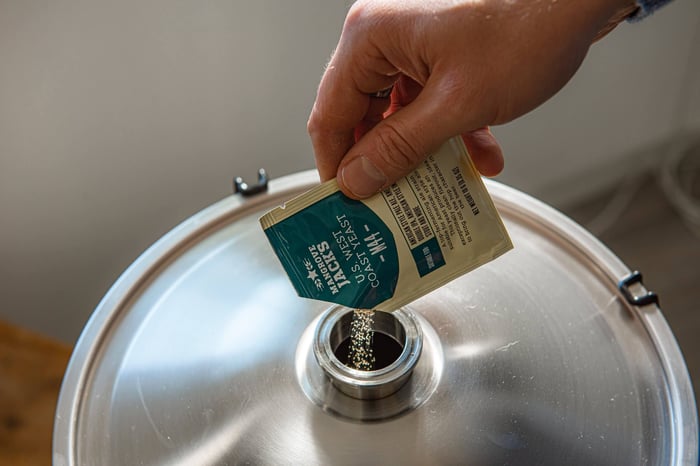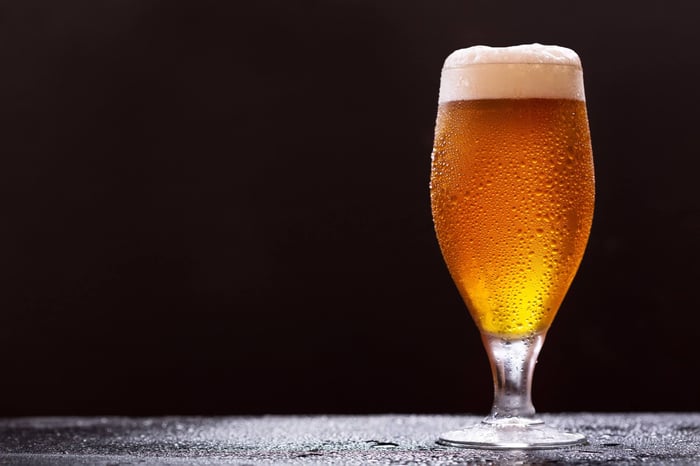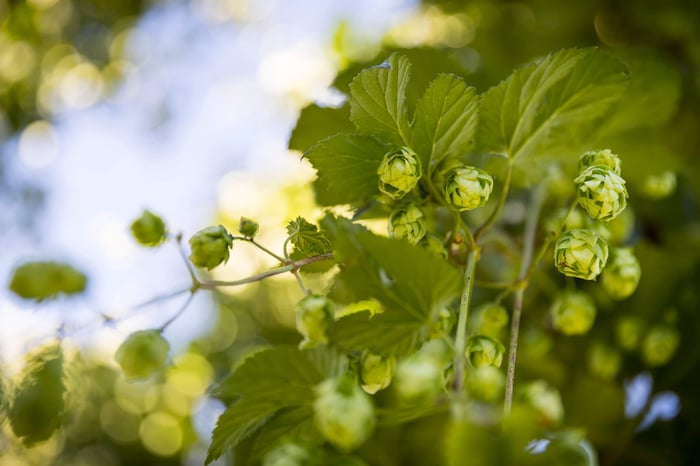Picture this: you're sitting in a centuries-old brewery in Bavaria, watching the brewmaster carefully tend to fermenting lagers that have been perfected over generations. What's their secret? It's not just tradition – it's understanding how yeast transforms simple wort into liquid art. As we like to say, brewers create the canvas, but yeast paints the masterpiece.
Understanding Yeast Fundamentals Through European Tradition
European brewing has given us two fundamental yeast categories that form the backbone of beer culture: Saccharomyces cerevisiae for ales and Saccharomyces pastorianus for lagers. Each carries centuries of brewing wisdom in its genetic code.
Ale yeasts thrive at moderate temperatures (18-22°C), creating the complex flavour profiles found in British bitters, Belgian Trappists, and German wheat beers. These top-fermenting yeasts are like spirited artisans, working quickly and adding their own signature to every brew. They tolerate higher alcohol levels, making them perfect for stronger European styles.
Lager yeasts operate differently, preferring cooler conditions (8-15°C) and working methodically from the bottom up. Think of them as the patient craftsmen behind Czech pilsners and German lagers – taking time to create that pristine, clean finish that defines Continental lager tradition.
Flavour Compounds: The Science Behind Style
Ester Formation and Management
Esters contribute the fruity characteristics that distinguish many European ale styles. However, managing these compounds requires understanding fermentation science. Belgian ales embrace higher ester levels for their signature fruit complexity, whilst English bitters maintain moderate levels for balance.
Temperature control remains paramount. European brewers have long understood that proper fermentation temperature management prevents excessive ester formation. Adequate wort oxygenation before pitching directly correlates with reduced ester production – a principle that applies whether you're brewing a Kölsch or a Belgian dubbel.
Consider this: higher original gravity worts naturally produce more esters. This relationship explains why imperial stouts and barley wines require careful fermentation management to maintain style integrity.
Managing Carbonyl Compounds
Acetaldehyde presents the greatest challenge for new brewers. This compound creates harsh, green apple flavours when present in excessive amounts. European lager traditions emphasise extended maturation periods, allowing yeast to process acetaldehyde completely.
Diacetyl management separates good lagers from exceptional ones. Traditional Continental lager brewing includes deliberate diacetyl rests – raising fermentation temperatures slightly to encourage yeast cleanup. Traditional lager fermentation techniques remain relevant for modern homebrewers seeking authentic results.
Phenolic Character in European Styles
Phenolic compounds define several classic European styles. German wheat beers derive their distinctive clove character from specific yeast strains producing 4-vinyl guaiacol. Belgian ales showcase phenolic complexity through carefully selected strains that balance spice notes with fruity esters.
Water chemistry significantly impacts phenolic extraction. Continental European water profiles generally support clean fermentation, but heavily chlorinated water can create medicinal off-flavours through chlorophenol formation.
Strategic Yeast Selection
Successful yeast selection requires matching strain characteristics with style requirements. Consider these factors:
How does the strain complement your target style? Will it produce appropriate ester and phenolic levels? Can you maintain proper fermentation temperatures throughout the process? Does the strain's alcohol tolerance meet your recipe requirements?
Traditional European brewing teaches us that consistency comes from understanding your ingredients completely. Each yeast strain contributes unique characteristics – some enhance hop character, others provide malty complexity, and specialist strains create signature flavours impossible to achieve otherwise.
Continuing the Tradition
European brewing traditions continue evolving through experimentation and knowledge sharing. We encourage exploring different strains whilst respecting style guidelines.
What European styles inspire your brewing? Which yeast strains have delivered exceptional results? Share your experiences with us – brewing knowledge grows stronger when shared amongst the community.
Explore our complete range of brewing equipment at Grainfather EU store to support your pursuit of brewing excellence.
Grainfather Team










